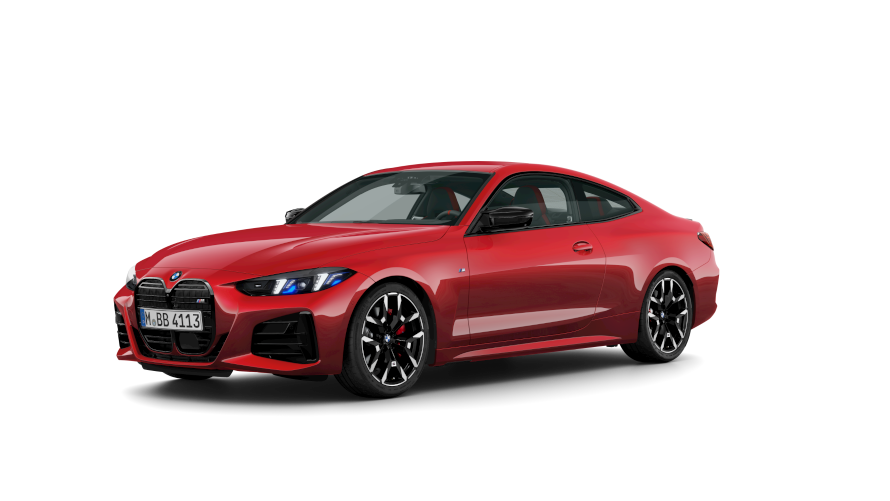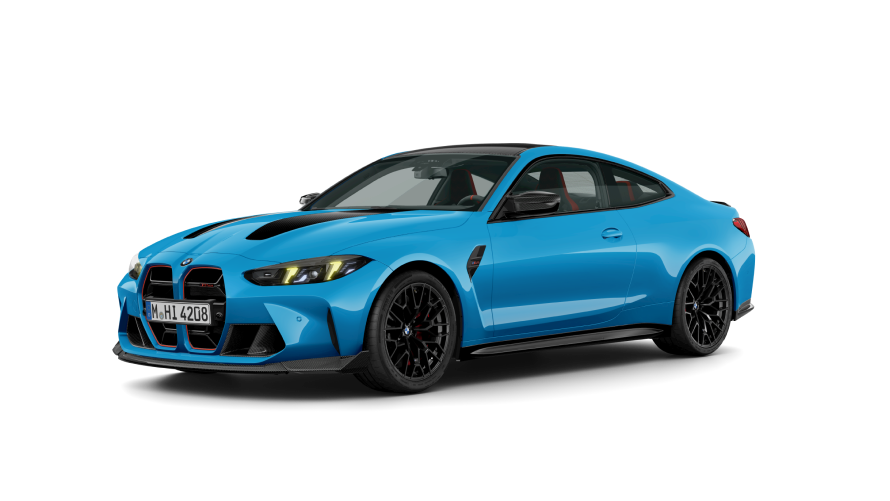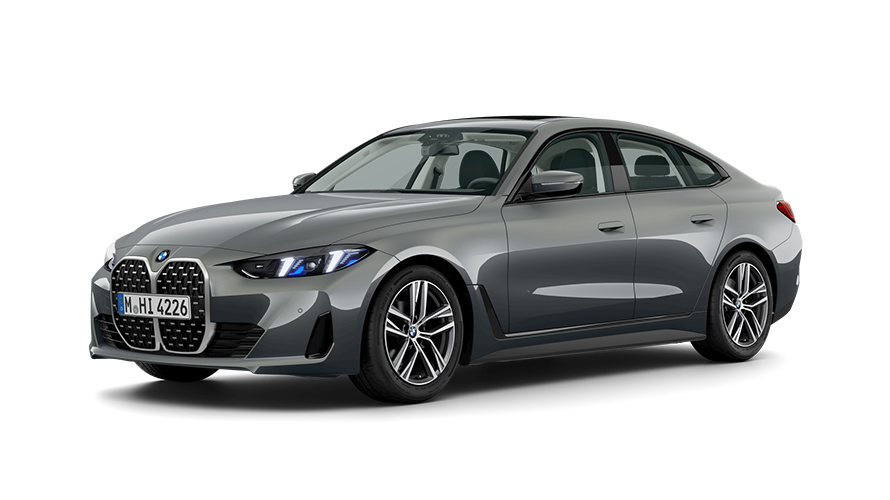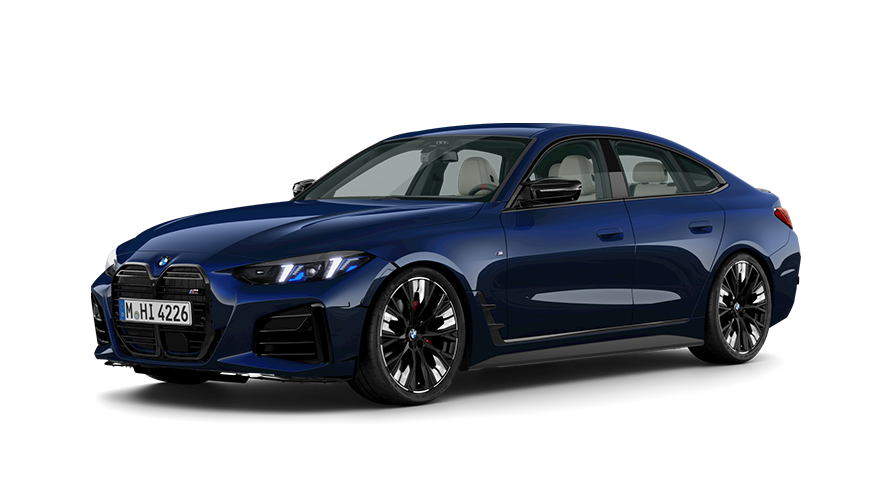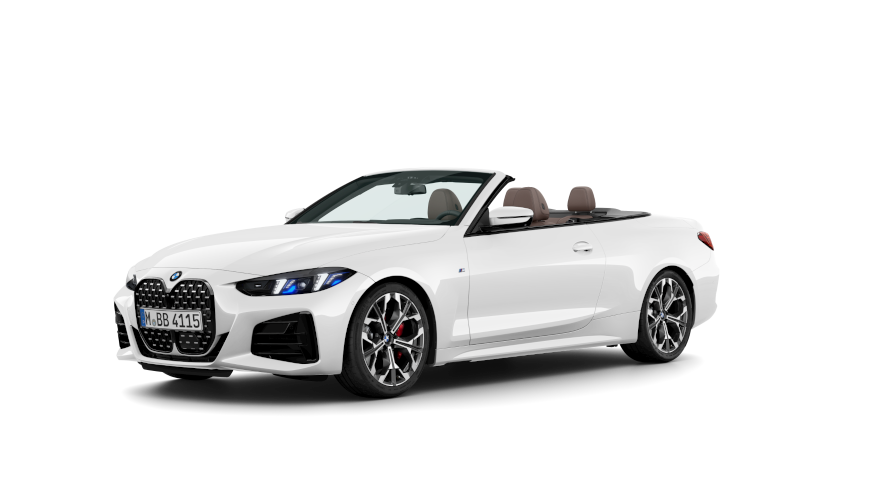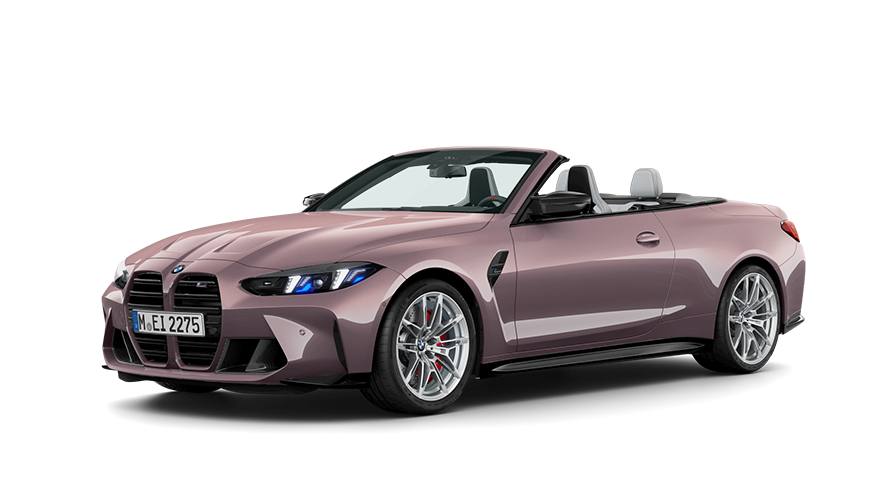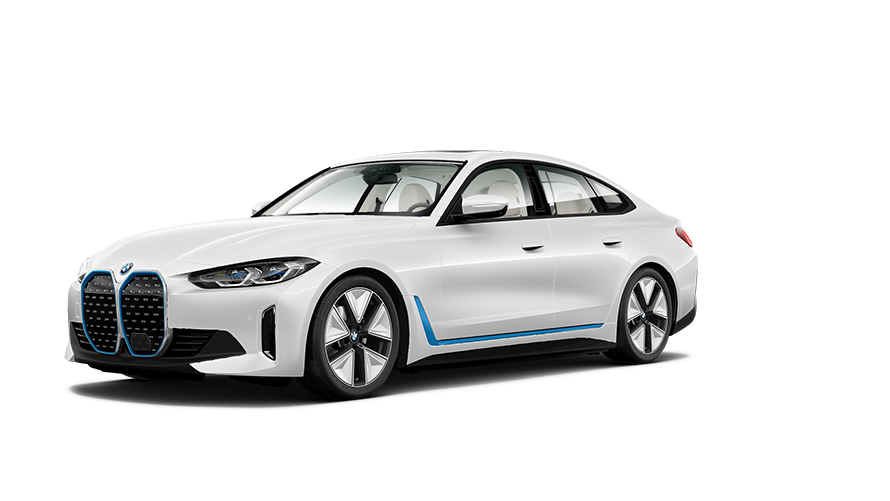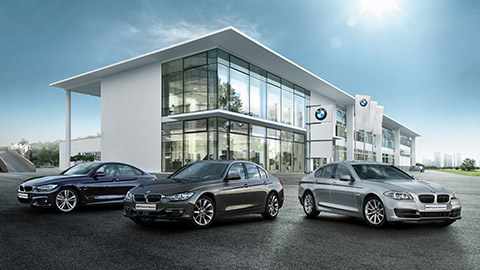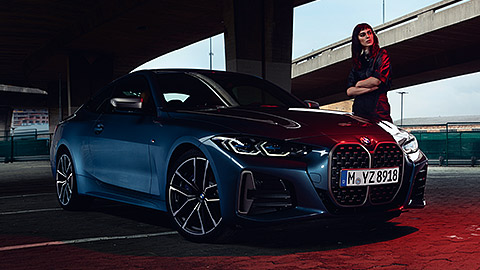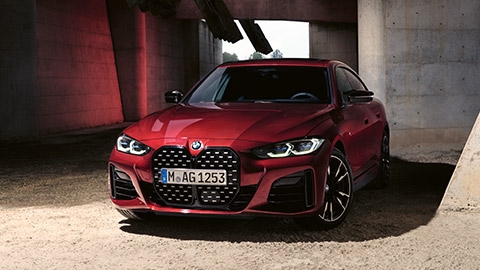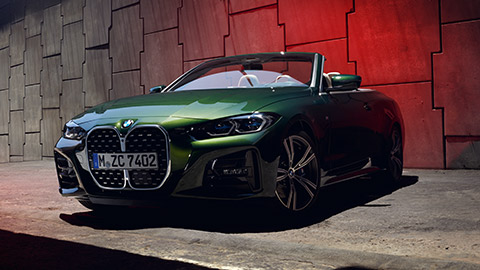Our tool for managing your permission to our use of cookies is temporarily offline. Therefore some functionality is missing.
THE LATEST BMW 4 SERIES.
BMW 4 SERIES OVERVIEW.
Since its launch in 2013, the BMW 4 Series has embodied a combination of incomparable aesthetic and sporty dynamics. Modern gasoline and diesel engines up to the M equipment round out the series’ excellent overall concept. The predecessor to the BMW 4 Series is the BMW 3 Series Coupé, which entered the market as a separate, but more agile, version of the classic sports sedan in 1990.
The second generation is distinguished by a more expressive, confident design and has become longer and wider. All the individual characteristics, such as the mesmerizing aesthetic and the thrilling sense of sportiness, have been made even stronger, underscoring BMW’s precise styling. The BMW 4 Series comes in three thrilling variants – the Coupé, the Cabrio, and the four-door Gran Coupé. Each generation of the series shares its premium character in terms of exclusive design, high-quality interior, and powerful engine.
The all-new BMW 4 Series Convertible inspires on the exterior with its independent and progressive aesthetics, while the interior presents an appearance that is both sporty and elegant. One highlight of the vehicle is the redeveloped softtop with its elegant and flat design, low weight and high level of comfort in terms of both acoustics and climate. Thanks to the optimally tuned drivetrain and suspension technologies, the all-new BMW 4 Series Convertible also offers driving dynamics of a high level.
4 POINTS FOR THE BMW 4 SERIES.
- 01 Unique, exclusive design
- 02 Exceptional driving dynamics
- 03 Dynamic engines up to the 275 kW (374 hp) M TwinPower Turbo 6-cylinder engine
- 04 Flexible vehicle concept: Coupé, Cabrio, or Gran Coupé
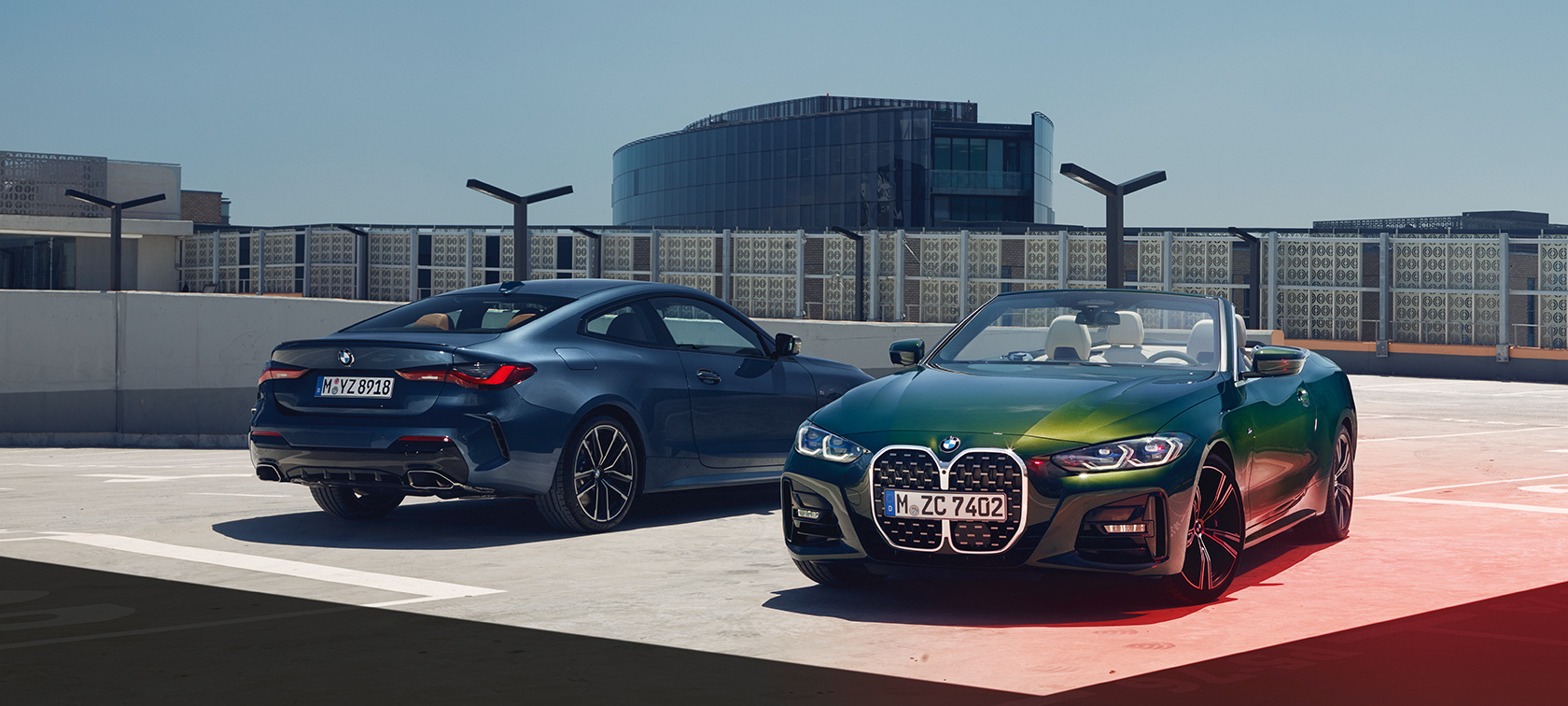
OVERVIEW OF THE BMW 4 SERIES’ HISTORY.
Learn the history of the BMW 4 Series generations in our overview and take a look at the direct predecessors of the dynamic, exclusive coupé.
OVERVIEW OF THE BMW 4 SERIES’ HISTORY.
Learn the history of the BMW 4 Series generations in our overview and take a look at the direct predecessors of the dynamic, exclusive coupé.
THE ORIGIN OF THE BMW 4 SERIES.
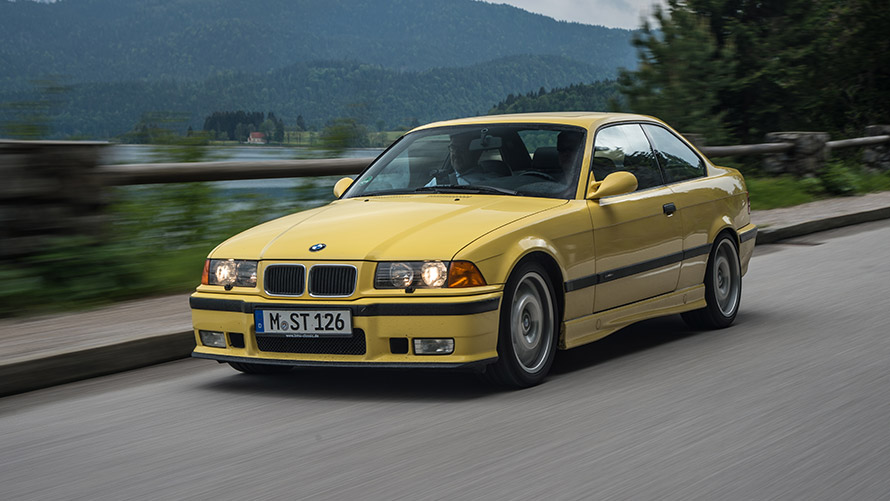
Since 2013, the BMW 4 Series has been admired for its sporty, agile look combined with comfort and exclusivity. But its predecessors have been around for even longer, the BMW 4 Series standing in line with the legendary sports sedan BMW 02 (series 114) and the direct successor of the BMW 3 Series Coupé. The two-door version of the sports sedan has been described as a coupé since its introduction. And since 1990, as of series E36, the 3 Series Coupé has boasted a striking unique design, a bit flatter and a bit wider than the sedan. The long doors and frameless window panes, together with the curved roof line, showcase the vehicle’s sporty character. Two more generations of models followed (E46, E92).
2013 began a new era – from the BMW 3 Series Coupé was born a new series, the BMW 4 Series (F32, F33, F36). Thus, the BMW 4 Series continues what once began with the revolutionary BMW 02 series sedans: joy in driving, dynamics, and a confident presence.
THE FIRST GENERATION.
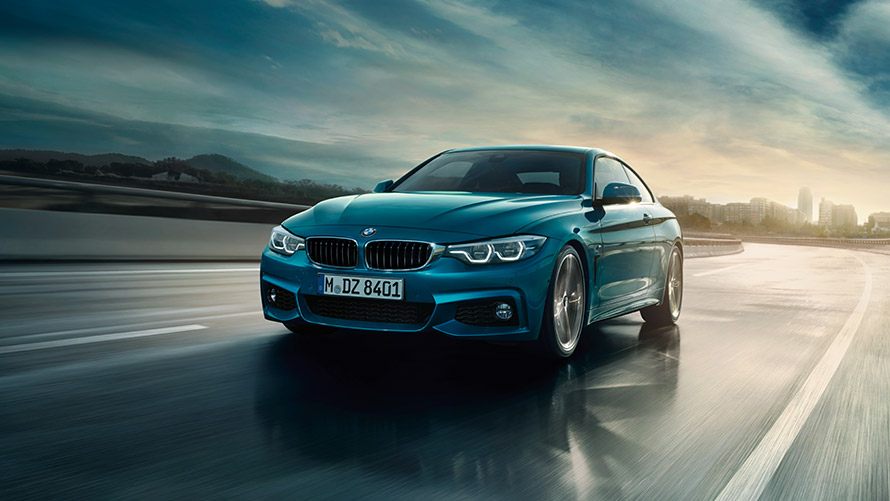
(BMW F32, F33, F36)
Since the now visible differentiation between the BMW 3 Series Sedan and Coupé, they consequently diverged into two different series in 2013. The BMW 4 Series is the beginning of a new era, a distinctly independent vehicle made so by its significantly greater width and wheel base.
Short overhangs, an elongated, curved engine hood, and the set back passenger compartment distinguish the design – giving it a stronger silhouette. Features typical of the brand, such as the round twin headlights, the flat double kidney grille, and the Hofmeister kink in the C-pillar, form a striking contrast to the wide rear with narrow lights. This in particular shows the expansive rear wheel wells to an advantage, lending the first generation of the BMW 4 Series an imposing appearance. The relentlessly precise design does not let up in the vehicle’s interior. A functional design and driver-oriented geometry make steering the car an experience.
The BMW 4 Series Convertible (F33) entered the showroom shortly after the BMW 4 Series Coupé. The modern folding metal roof makes it a pleasure to drive all year round, as does the confident design. In the summer of 2014, the BMW 4 Series Gran Coupe (F36) completed the BMW 4 Series models. The combination of sporty coupé and four-door offers comfort and elegance. The BMW 4 Series stands for dynamics and liveliness.
Production period: 2013 – 2020
Engines: 2.0 – 3.0 liter (100 – 240 kW, 136 – 326 hp), 4- & 6-cylinder
Length/width/height: 4,640 mm/1,825 mm/1,377 mm
THE SECOND GENERATION.
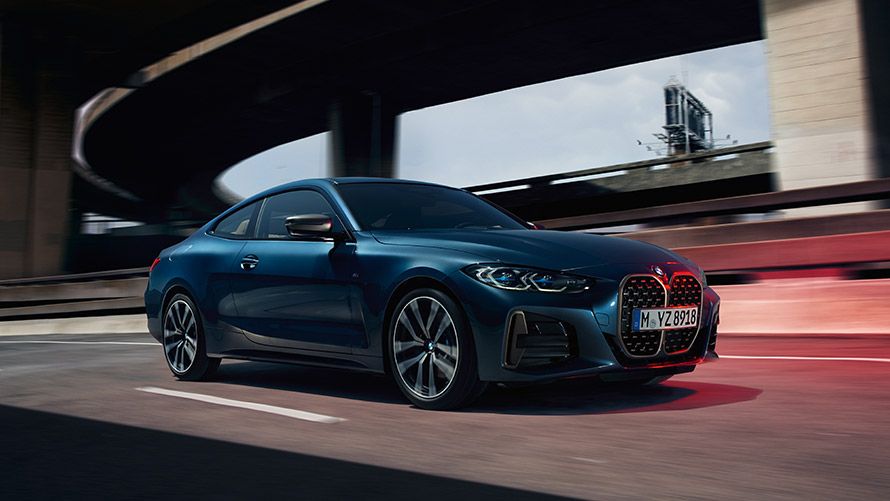
(BMW G22, G23)
The second generation of the BMW 4 Series is twelve centimeters longer and much wider than its predecessor, the BMW F32. One striking design feature: the vertical, forward-leaning kidney grille. With the headlights set at an angle, together they form a breath-taking front that exudes confidence and dynamism. The coupé’s expressive character is underscored by the expansive rear wheel wells and the raised side windows in the back. Also striking are the curved tail lights that wrap around the side, forming a striking image with the sloping roof.
The interior, designed for functionality, captures the precise design language of the BMW 4 series, with exclusive materials lending it a modern air of independence.
Like its predecessors, the new generation of the BMW 4 Series is based on the current BMW 3 Series, but has a lower center of gravity by two centimeters and a wider rear axle track width by 23 millimeters for vastly improved dynamics.
If you want to feel the wind in your hair and the sun on your skin, the convertible (BMW G23) is the right choice for you. It combines a sporty aesthetic with harmonious lines and agility.
Production period: since October 2020
Engines: 2.0 – 3.0 liter (135 – 275 kW, 184 – 374 hp), 4- & 6-cylinder
Length/width/height: 4,768 mm/1,852 mm/1,383 mm
Fuel consumption and CO2 emissions.
-
BMW 4 Series Coupé:
Fuel consumption in l/100 km (combined): 6.6–4.8
CO2 emissions in g/km (combined): 151–126BMW 4 Series Coupé M Automobile:
Fuel consumption in l/100 km (combined): 10.1–7.8
CO2 emissions in g/km (combined): 230–178BMW 4 Series Convertible:
Fuel consumption in l/100 km (combined): 8.2–5.1
CO2 emissions in g/km (combined): 188–133BMW 4 Series Convertible M Automobile:
Fuel consumption in l/100 km (combined): 8.2
CO2 emissions in g/km (combined): 188BMW 4 Series Gran Coupé:
Fuel consumption in l/100 km (combined): 8.3–4.2
CO2 emissions in g/km (combined): 191–111The values of fuel consumptions, CO2 emissions and energy consumptions shown were determined according to the European Regulation (EC) 715/2007 in the version applicable at the time of type approval. The figures refer to a vehicle with basic configuration in Germany and the range shown considers optional equipment and the different size of wheels and tires available on the selected model.
The CO2 efficiency specifications are determined according to Directive 1999/94/EC and the European Regulation in its current version applicable. The values shown are based on the fuel consumption, CO2 values and energy consumptions according to the NEDC cycle for the classification.
For further information about the official fuel consumption and the specific CO2 emission of new passenger cars can be taken out of the „handbook of fuel consumption, the CO2 emission and power consumption of new passenger cars“, which is available at all selling points and at https://www.dat.de/angebote/verlagsprodukte/leitfaden-kraftstoffverbrauch.html.

